Microdermabrasion
Microdermabrasion Treatment | Laser Facial | Skin Whitening Treatment
Microdermabrasion
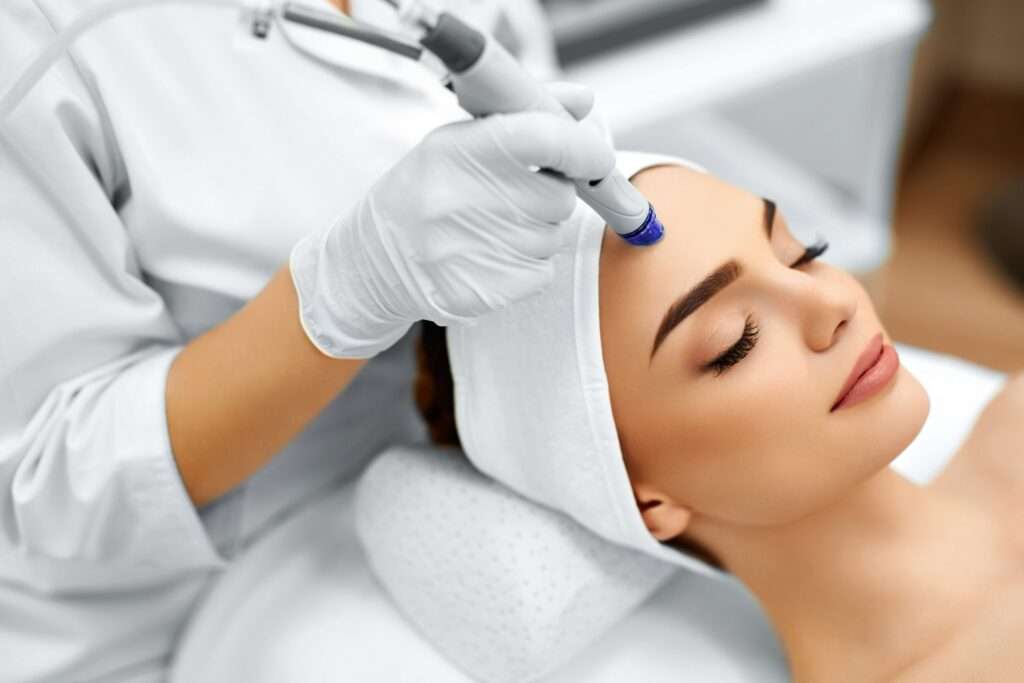
The microdermabrasion that a dermatologist performs differs from the one that you can do at home with a kit. A dermatologist’s treatment goes a bit deeper into the skin. Still, the procedure is safe for all skin colors.
Microdermabrasion Treatments
- Improve Age Spots And Blackheads
- Improve Hyper-Pigmentation (Patches Of Darkened Skin)
- Exfoliate Your Skin, Resulting In a Refreshed Appearence.
- Lessen The Appearence Of Stretch Marks
- Reduce Fine Lines And Wrinkles.
- Reduce Or Eliminate Enlarged Poes.
- Treat Acne And The Scars Left By Acne.
Collagen
Warning
- Have a mole or other spot on your skin that is growing, bleeding, or changing in any way. This spot could be skin cancer.
- Are taking (or have taken) the acne medicine, isotretinoin, which is prescribed to treat severe acne. If you have taken this medicine within the past 6 months, you have a higher risk for complications, including scarring. You may need to wait before having microdermabrasion.
- Scar easily.
The Basics
Microdermabrasion is a procedure that involves application of tiny rough grains to sand/buff away the surface layer of skin. It’s usually done to the face, chest, neck, arms or hands. Before we can understand how microdermabrasion works, it’s important to understand how skin works.
Your skin is made up of two main layers, the epidermis and the dermis. The epidermis is the layer closest to the outside world. It’s a set of dead skin cells on top of another layer of cells that are in the process of maturing. The topmost layer is called the stratum corneum. The stratum corneum mostly acts as a barrier between the outside world and the lower skin layers. It keeps all but the smallest molecules from getting through.
When you put lotions or creams on your skin, some of the moisture passes through the stratum corneum, but not all of it. This layer is home to many minor skin imperfections like fine wrinkle lines and blemishes.
All of the action in microdermabrasion takes place at the level of the stratum corneum. Since it only targets the epidermis (and not the dermis), it is more accurate to call it micro-epi-dermabrasion.

Procedure
Microdermabrasion uses tiny exfoliating crystals (Aluminium oxide) that are sprayed on the skin. It is a best solution for problems such as dull skin, brown spots, and age spots.
The dermatologist uses a handheld device that gently removes the top layer of skin. You may feel a sanding sensation, but this is not painful. It takes about 30 to 40 minutes to treat the entire face and about 20 minutes to treat the neck.
After the treatment, a moisturizer is applied.
In microdermabrasion, tiny crystals are sprayed onto the skin to gently remove the outer layer of your skin. This technique is less aggressive than dermabrasion, so you don’t need numbing medicine. It is basically an exfoliation and skin rejuvenation procedure that leaves skin looking softer and brighter.
Microdermabrasion Results
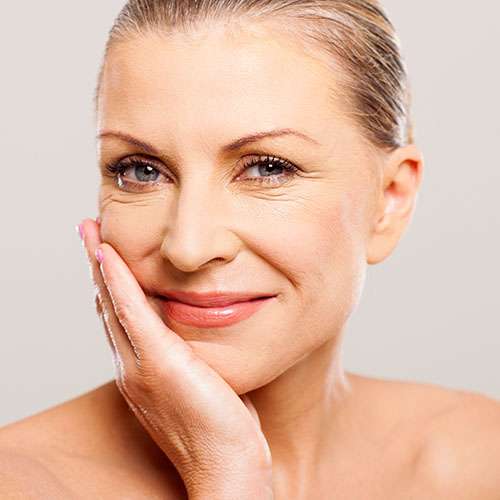
Facial Lines
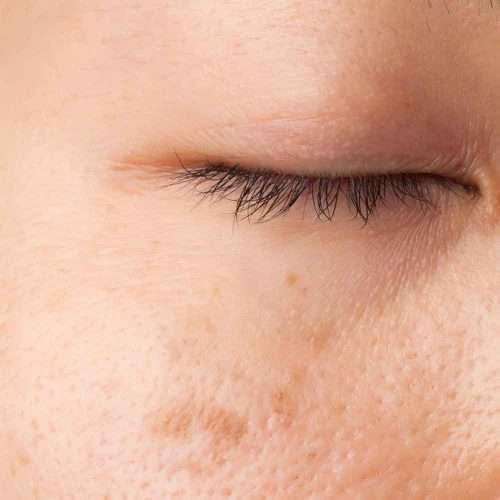
Age Spots
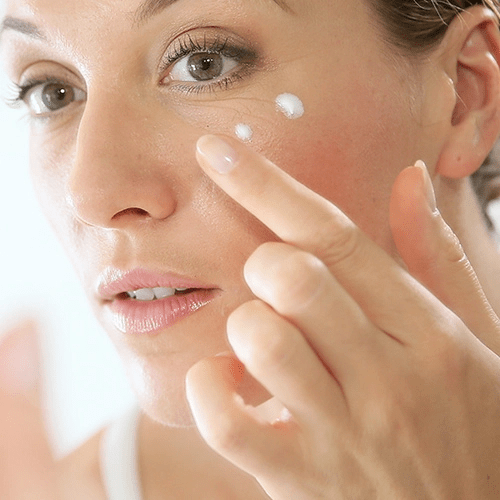
Sun Damage
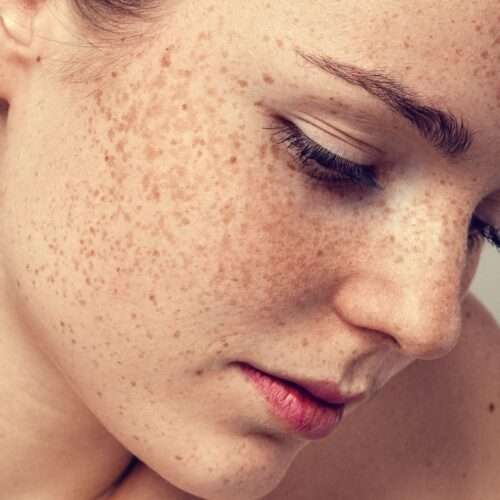
Uneven Pigmentation
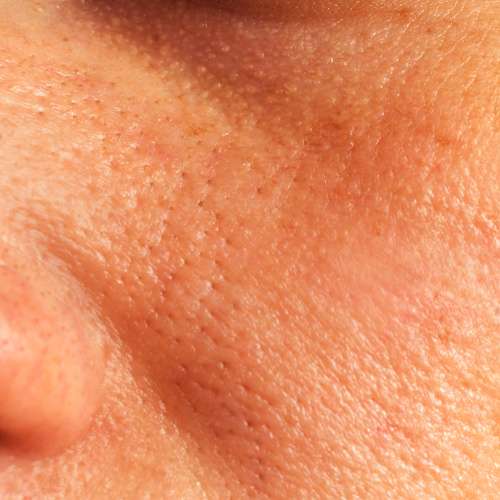
Clogged Pores

Skin Tone
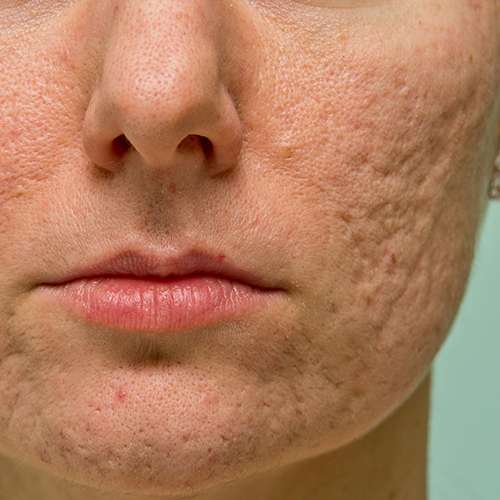
Clogged Pores
Frequently Asked Questions (FAQ's)
You will not have downtime or a recovery period. Some patients’ skin turns pink or red. The skin can swell a bit. These side effects are similar to having a sunburn or windburn for a day or two. During this time, some patients might feel uncomfortable returning to work or being in public.
Microdermabrasion treats only the top layer of the skin, so the skin recovers quickly. Most people can safely have another treatment a week later. Some patients, however, need several weeks to recover.
When performed by a dermatologist, microdermabrasion has an excellent safety record.
Microdermabrasion also is performed in salons and non-medical spas. You can reduce your risk for side effects by having microdermabrasion performed by a dermatologist.
Choose a surgeon you can trust
Plastic surgery and other skin treatment involves many choices. The first and most important is selecting a member of the American Society of Plastic Surgeons (ASPS) surgeon you can trust.
- ASPS member surgeons meet rigorous standards:
- Board certification by the American Board of Plastic Surgery (ABPS) or in Canada by The Royal College of Physicians and Surgeons of Canada®
- Complete at least six years of surgical training following medical school with a minimum of three years of plastic surgery residency training
- Pass comprehensive oral and written exams
- Graduate from an accredited medical school
- Complete continuing medical education, including patient safety, each year
- Perform surgery in accredited, state-licensed, or Medicare-certified surgical facilities
Get In Touch With Us
We Are Here For You !
Why Choose Us ?
Our Branches :
- Gulberg Branch : 144 Zafar Ali Road Opposite GymKhana Club Lahore Pakistan
- Johar Town Branch : 445 G 4 Block Main Boulevard Near Khokhar Chowk Johar Town Lahore Pakistan
